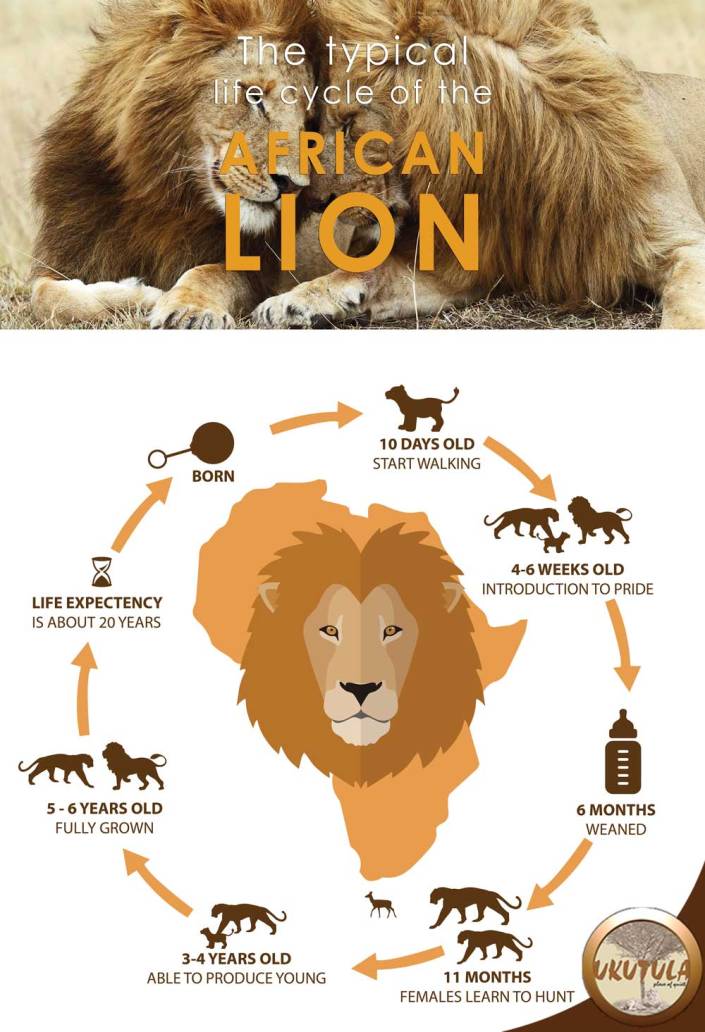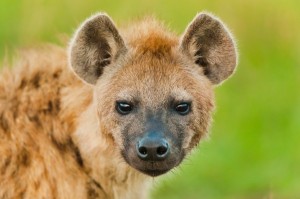lion research
5 things you might not know about Hyenas
Generally, the first encounter we all have with hyenas is in The Lion King, where they are depicted as slightly crazed, fun loving and deceptive animals with high pitched laughs and a pack mentality. Sure, this is a caricature of what they are really like, but it is still what many people think of when they see a hyena in the wild. What many people don’t know however, is that hyenas play a huge role in the ecosystems they live in, and are important and powerful for a number of reasons. Here are a few interesting facts about these wild dogs that many people may not know.
- We are all aware of the ominous laughing sound the hyena makes when communicating, and many people even believe that what they are doing is actually laughing, which is why it may look like they are constantly smiling. While they are not really joking around, the call is a fundamental part of their communication, and it allows them to communicate with other hyenas up to three miles away.
- Typically known as scavengers, hyenas tend to avoid trouble where they can, and will try steal food away when bigger predators aren’t looking, or once they have finished their meals. However, they will not hesitate to group up and take down bigger animals, sometimes even large wildebeest, in order to get their food. Hyenas hunt in packs of up to 8 members, so even though they’re small, there is still a lot of danger when they are around.
- Hyenas have incredibly strong jaws for their size, and they make use of that power to get every bit of nutrition they can from a carcass, breaking up the bones and chewing through the tough skin of their prey in order to get their nutrients. Because they are mainly scavengers, females often have to protect their young against the males, since they tend to be cannibalistic when there is a shortage of food available.
- Hyenas have incredible endurance, and can go for several days without any water. Their hind legs are shorter than their thick, muscular front legs, giving them a posture similar to that of a bear. This posture is great for long distance travel, and allows them to cover a lot of ground quickly and without using a lot of energy.
- The average life span of a hyena is around 19 years, and females give birth to up to four cubs at a time after a gestation period of between three to four months. Females also tend to prefer mating with males from outside of their own pack, and uncommonly in the animal kingdom, have higher testosterone levels than their male counterparts.
Interesting facts about Lions
The African Lion has been a symbol of raw power, ongoing perseverance and strength through out the ages.
Feared by many and loved by even more, the African lion is one of the biggest attractions pulling in hundreds of tourists each year.
Here are some interesting facts about Lions:
They live and work in groups
Lions are one of the few species that live, hunt and socialize in groups known as prides. The males in the group do not hunt as often as the females in the group. The females use well-planned tactics to catch prey faster and bigger than them; the females form a circle formation making their chance much higher in catching their prey.
Lazy Lions
Like house cats’ lions enjoy lazing around, sleeping up to 18 hours per day, they will then use the stored up energy in the evening when the temperature is much cooler.
Manes play an important role
Manes play a big role in male lions as this portrays their rank in the pride, manes have many meaning in the health and size appearance of the male lion, the mane often making male lions appear larger resulting in a more intimidating looks to other males in the pride wanting to take the role of Alpha.
Lions used as war deities
Lions have been a status symbol of strength and raw power, often used in ancient armies as war deities. The use of lions in warfare showed that the army had a high status and money. Thankfully the use of them as fighter has been stopped many years ago.
King of the jungle
Even though lions are referred to as the “King Of The Jungle” they live in grasslands and dry plains, the name was most likely
FAQ #9 – What is the normal Gestation period for a lioness?
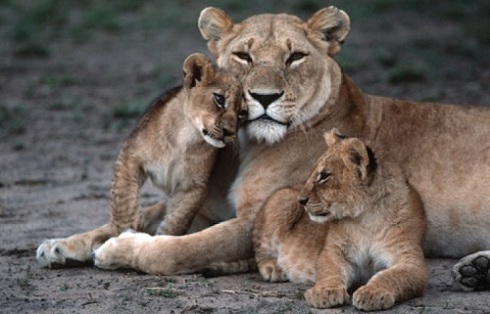
The normal gestation period for a lioness is roughly 110 days. A lioness conceives between 2 – 4 cubs.
In the wild, roughly 15 percent of all cubs born reach maturity, which means there is quite a high mortality rate.
FAQ #8 – What happens when a male lion takes over the pride?
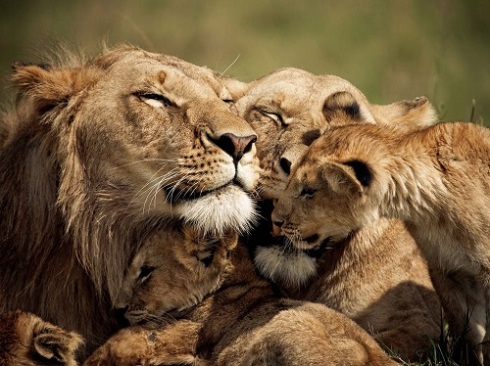
When male lions reach full maturity, they are ready to take over territory – which means taking over a pride.
When a male lion takes over a pride, the first thing he does is to kill off the previous males offspring. He kills the cubs because they are not biologically related to him, and does not want to spend his energy ensuring that other lions’ genes will be passed on.
However, within days or weeks of losing their cubs, the female lions come into oestrus and mate with the cub-killing male, and produce other cubs.
FAQ #7 – What projects have been done at Ukutula?
Ukutula is a lion research center situated in South Africa. The game farm comprises 260 hectares of unspoilt bushveld boasting a variety of antelope species, giraffe and zebra.

Ukutula has hosted several research projects, such as a research documentary with National Geographic a few years ago, where a German Professor did 4D scanning of the foetus, inside the worm of the lioness.
We have also been part of the white gene research project, a scientific research for the gene responsible for the white lion.
The University of Pretoria, Faculty of Veterinary Science’s Veterinary Genetics Laboratory embarked on a collaborative project with Ukutula to study the lion in captivity and particularly the white lion. Ukutula has the largest family of lions that carry the white mutation and this has provided the genetic material for the research.
Ukutula’s lions have also provided material for disease and immunological research.
FAQ #6 – What are the main dangers that lions face in the wild?
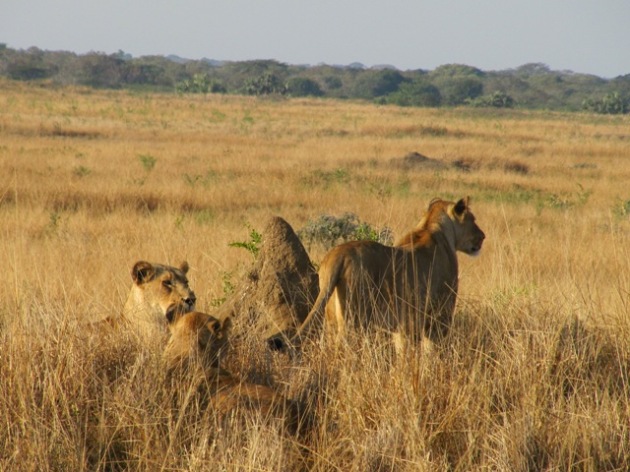
Lions and especially African lions may be one of the most dangerous and feared animals in the world. However, they are faced with many dangers, threats and obstacles in the wild.
Lion hunting is a significant danger that lions face – with other human threats, such as population growth and agricultural expansion resulting in the lions loss of natural habitat and territory.
FAQ #5 – What Diseases are Lions prone to?
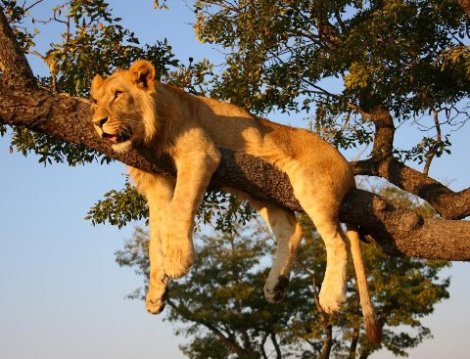
African lions, especially those that live in the wild are vulnerable to many diseases. One such disease is Bovine Tuberculosis.
Bovine Tuberculosis is a serious disease that spreads among numerous wildlife species, and has established itself as a significant problem in lions.
Other infectious viral diseases affecting African lions include Feline Immunodeficiency Virus (FIV) or Feline AIDS, which breaks down the lion’s natural immunity or resistance to disease.
FAQ #2 – Are Lions Endangered?
Image Posted on Updated on
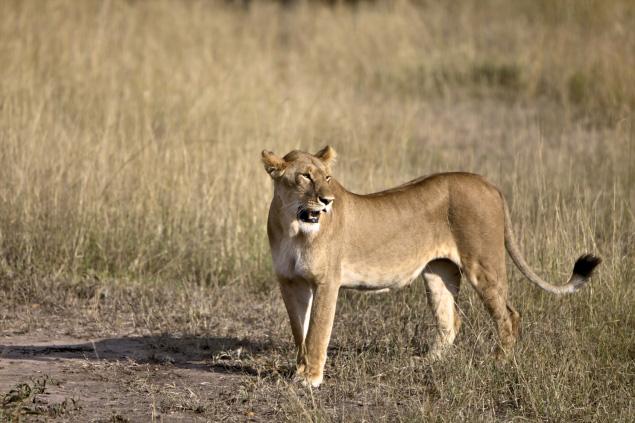
Lions are an endangered species! Over the last couple of years, there has been a rapid decline in lion numbers. We have seen large numbers of lions disappearing from the wild.
According to a new report, the African lion is facing extinction across the entire West African region. The report, titled: The lion in West Africa is critically endangered, was published in the scientific journal PLOS ONE. The report found that the ‘situation is most critical for the geographically isolated populations in West Africa, where the species is considered regionally endangered.’
This report presents sobering results, and paints bleak and dire pictures of the conditions that lions in the wild face. It has also outlined the need for conservation.
Lions in Africa, more especially West Africa, may soon disappear entirely unless conservation efforts improve.

